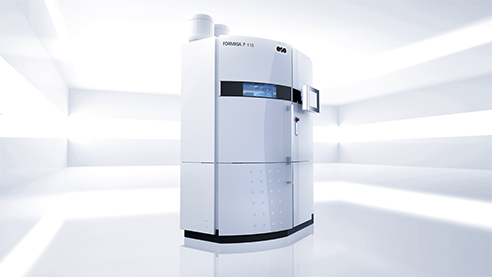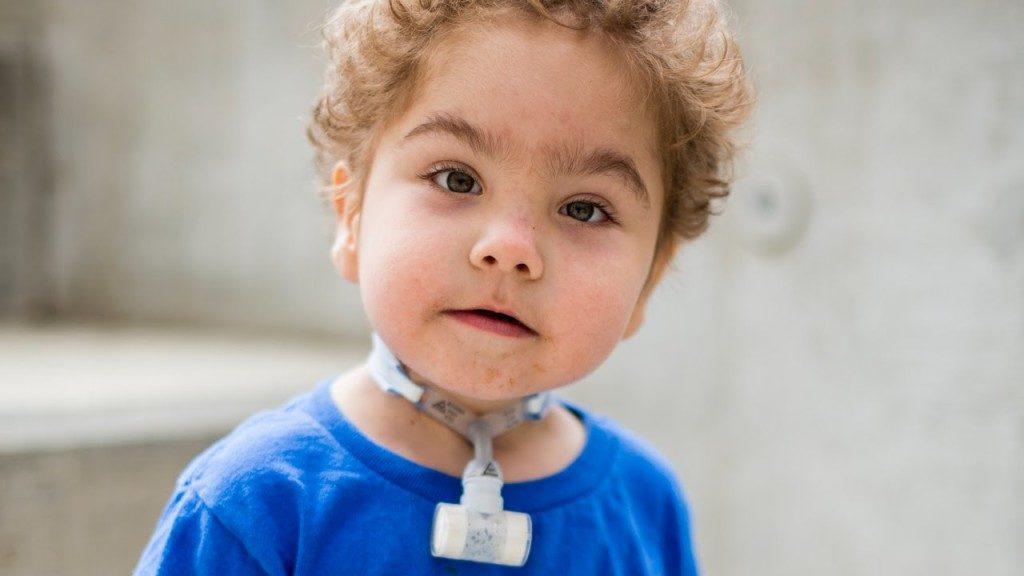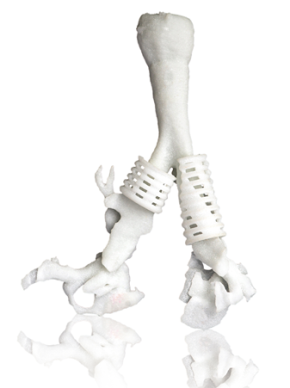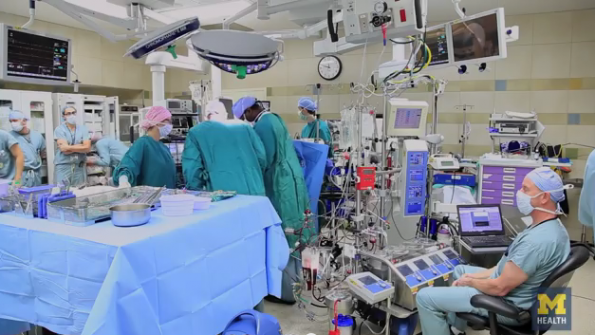 In a marketplace suddenly ripe with 3D technology of nearly every sort you can imagine, we hear of 3D printers that are lightning fast, offering a host of features we hadn’t even considered last year, alternative materials meaning that you can make anything you want, and all at prices that are continually being driven down by fierce competition—meaning all that accessibility and affordability we’ve been hearing so much about is actually here. But one thing you may notice you rarely hear discussion of is quality assurance. It may be less exciting to talk about and market—but having a dedicated QA team is what sets the pros apart from the amateurs in an industry highly driven by customer demand and expectation for quality.
In a marketplace suddenly ripe with 3D technology of nearly every sort you can imagine, we hear of 3D printers that are lightning fast, offering a host of features we hadn’t even considered last year, alternative materials meaning that you can make anything you want, and all at prices that are continually being driven down by fierce competition—meaning all that accessibility and affordability we’ve been hearing so much about is actually here. But one thing you may notice you rarely hear discussion of is quality assurance. It may be less exciting to talk about and market—but having a dedicated QA team is what sets the pros apart from the amateurs in an industry highly driven by customer demand and expectation for quality.
Today, if something goes wrong with a product and complaints begin to pile up, it’s no longer just between the manufacturer and the rather unhappy customer. With online access readily available, customers are able to post their dissatisfactions and blast their opinions in every forum that will have them. So, while keeping the image perfect is a consideration for any company, what’s more important is that those purchasing products have the quality promised. And no one can be sure of that unless they test. And test again. The result offers as much as assurance as possible that clients will be thrilled with what they receive, and will keep coming back.
EOS, headquartered in Krailling, Germany, is continually in the spotlight, from discussions regarding their expertise in metal 3D printing and offering up new materials to announcing dynamic partnerships. Well-known, well-respected, and well-recognized for their talents as a whole, EOS is undeniably a leader in the additive manufacturing industry. Recently, they shared with us some of the processes that go into quality assurance at their centers of operation in regards to plastics and their high-end additive manufacturing solutions.
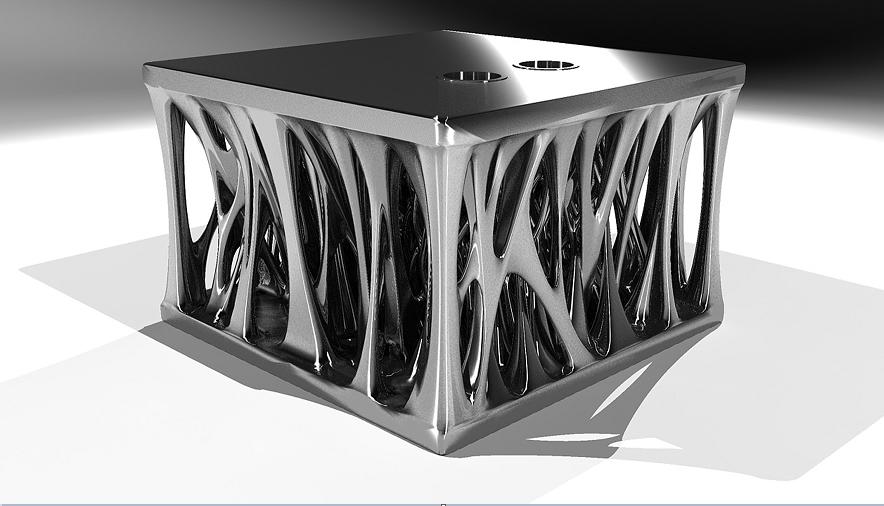 Not surprisingly, this global leader acts as a role model for the industry in QA, which is one of their top priorities. Their system includes all materials and processes that are relevant to AM and affect components being produced. With nearly 80 different AM systems in place regarding research and development, quality assurance, and application and training, EOS teams work with both plastics and metal. There are also 20 other systems being used at headquarters in the US, Singapore, and China.
Not surprisingly, this global leader acts as a role model for the industry in QA, which is one of their top priorities. Their system includes all materials and processes that are relevant to AM and affect components being produced. With nearly 80 different AM systems in place regarding research and development, quality assurance, and application and training, EOS teams work with both plastics and metal. There are also 20 other systems being used at headquarters in the US, Singapore, and China.
“By coordinating and controlling all relevant variables, EOS ensures the best possible component characteristics. In this way, we address a key concern of our growing industrial customer base, which uses our technology for the series production of plastic components with consistent component quality,” said Torsten Schlichtholz, Director Global Quality Management at EOS.
There is, of course, a strong focus on materials as they are the product in essence. Evonik Industries has been a main partner for many years too, manufacturing plastic Polyamide 12, which is of frequent use.
“With its multi-dimensional quality management system, EOS works with its partners to ensure that each material batch has the same reliable and uniform consistency,” said Schlichtholz. “In the supply chain, quality assurance already starts with the manufacture of the preliminary product for the EOS laser sintering material. The manufacturing process with all qualification steps is continuously documented and verifiable to the point when the EOS material is delivered to our customers.”
Evonik begins QA before materials such as Polyamide 12 even arrive at EOS, and then the process continues to the end of the line, leaving little chance for error.
“Based on our special manufacturing method and almost 50 years of experience in powder technologies, we are able to create a very suitable basic product for laser sintering materials,” said Thomas Große-Puppendahl, Manager of the Engineered Products line at Evonik. “Our quality management system, which is ISO 9001:2008 certified, comprises all relevant inspections of polymer and powder indicators, such as free-flowing properties, powder density, melt and cooling behavior and process suitability tests.”
Performed at KVS GmbH, a part of EOS, the refining process aims at finding ‘the best possible process suitability’ and occurs after EOS equipment has received the acceptance test certificate and additional incoming goods inspection. For 19 years, working with laser sintering plastic materials, EOS has been involved in development, manufacturing, qualification, and quality assurance—also operating a certified QM system according to ISO 9001:2008.
“Defined quality assurance activities are carried out during and after the finishing process,” states EOS in a recent press release. “If all criteria are met, a test report is prepared pursuant to ISO 10204 – with additional fire testing for fire-resistant materials.”
Specimen and tie bars are also produced at EOS, based on a reference build job, with their characteristics profile assessed using acceptance criteria. And in a completely thorough process, customers do not receive products until they have indeed passed both of the tests. A report is attached to the product delivery, showing how they are relevant to the client, and allowing for them to have ‘comprehensive documentation’ for their own quality assurance and management systems.
While so many companies today are just starting out in the 3D printing industry, EOS has been using their certified AM system since 1998. For their laser sintering technology, this applies to:- Development
- Manufacturing
- Distribution and servicing of systems
- Materials and solutions for additive manufacturing
Systems are also put through rigorous QA procedures, including inspections and corresponding documentation.
“These checks are performed in accordance with the currently valid international standards,” states EOS.
Pointing out that their build process is another crucial way that they achieve consistent quality, EOS sees this as a result of over 20 years in experience with developing and improving ‘process products.’ With standardized parameter sets being constructed during development, customers are promised ‘robust build processes,’ all of which offers them what they expect: high-quality parts.
EOS explains that while the parameters most frequently used are developed, their teams always perform three build jobs and three laser sintering systems with three powder batches. In doing so, customers again are ensured of consistent part quality all around.
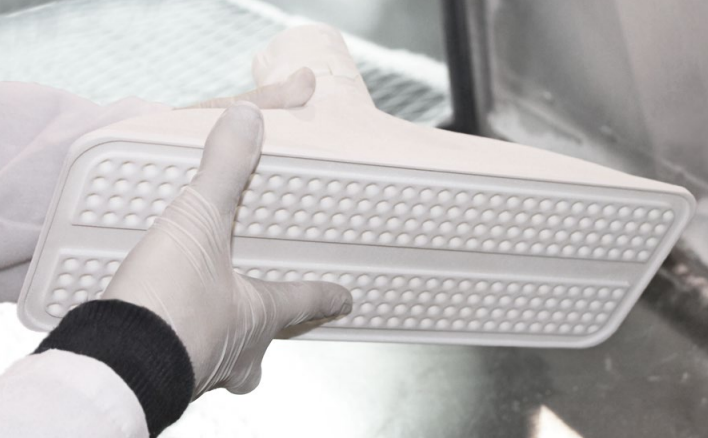 And while explanations of what they do to keep their clients happy are interesting enough, the proof is seen as we explore a couple of case studies:
And while explanations of what they do to keep their clients happy are interesting enough, the proof is seen as we explore a couple of case studies:
Anubis 3D was able to create a more powerful but lightweight vacuum gripper for an equipment supplier to the food industry. By using EOS systems, this Ontario-based company was able to make the tool quickly—in just one week—with four times the power. Due to the elimination of so many parts, assembly is simple—and the freedom of design allows for greater production processes. This applied specifically for an end-of-arm tool allowing robots to pick up wrapped crackers and put them in boxes. And while initially the weight of the arms was an issue for functionality, with EOS systems, the team was able to make the tool extremely light.
“What seemed to be almost impossible turned out to be quite easy by relying on additive manufacturing,” states their outlined case study.
The grippers were delivered to Langen Group and then installed on the robots in their plant.
In another case study that we reported on also from the University of Michigan, EOS offered both their expertise and technology as doctors were creating 3D printed tracheal splints to help young children suffering from tracheobronchomalasia (TBM).
Dr. Glenn Green, a pediatric otolaryngologist, and his surgical team from C.S. Mott Children’s Hospital, Ann Arbor, joined with Dr. Scott Hollister, professor of biomedical engineering at the University of Michigan for this project.
“It’s now pretty automatic to generate an individualized splint design and print it; the whole process only takes about two days now instead of three to five,” explains Dr. Hollister.
There were some challenges, however, in the initial process, overcome with the use of EOS technology in the form of the Formiga P 100 system.
“Additive Manufacturing is one of the few methods I know that allows us to actually fabricate these complex designs,” says Dr. Hollister.
They were able to make highly functioning splint-supported tracheas via 3D printing, allowing for successful surgeries and a better quality of life for patients.
“I see a time soon, probably within the next five years, when many hospitals and medical centers will print their own devices specifically for their own patients, and not need to get them off-the-shelf,” says Dr. Hollister.
Without additive manufacturing, so many innovations would still not be possible. And while it’s compelling enough to hear of all the methods that go into QA for a company such as EOS, being able to learn more about what clients are actually doing with their technology—changing lives, for instance—is inspiring on a further level. Knowing that children are being given the chance to lead a more normal life is worth the creation of such an amazing technology just in itself. Discuss further in the EOS QA Procedures in 3D Printing forum over at 3DPB.com.
Subscribe to Our Email Newsletter
Stay up-to-date on all the latest news from the 3D printing industry and receive information and offers from third party vendors.
Print Services
Upload your 3D Models and get them printed quickly and efficiently.
You May Also Like
Metal Powder Supplier Elementum 3D Added to $46B Air Force Contract
Elementum 3D, a Colorado-based developer and supplier of metal powders used in additive manufacturing (AM), announced that the company has been added to the vendors list in the fourth on-ramp...
Ursa Major Lands $28.6M AFRL Deal for 3D Printed Draper Engine Flight Demo
The US Air Force Research Laboratory’s (AFRL’s) Rocket Propulsion Division at Edwards Air Force Base has awarded a $28.6 million contract to Ursa Major for follow-on work related to the...
3D Printing Financials: Rocket Lab’s Record-Breaking Year and Over 20 Launches Coming in 2025
Rocket Lab (Nasdaq: RKLB) closed 2024 with its best year yet. The company launched more rockets, signed more contracts, and expanded deeper into spacecraft and satellite production than ever before....
US Air Force Taps Beehive to Study 3D Printed Jet Engines
Propulsion 3D printing firm Beehive Industries secured a contract from the U.S. Air Force Life Cycle Management Center through SOSSEC. SOSSEC is a company that manages Other Transactions Authority (OTA)...


